A native of Hamilton, Ontario, Braden Birch came to Cornell along with an exciting recruiting class. He, however, was not one who just blended into the woodwork. Prior to starting his collegiate career, Birch was selected in the 2008 NHL Draft to the Chicago Blackhawks. He played for the Oakville Blades of the Ontario Junior Hockey League for two seasons, scoring 42 points throughout 94 games, mostly coming on assists. He served as an alternate captain his final year with the team. Additionally, he played for his country, being an alternate captain for Team Canada East in the World Junior A Challenge, helping his team to a third-place finish. Birch brought a strong defensive game sprinkling in offense when it was needed.
Birch's freshman season for the Big Red started off, as ever, strong. He appeared in 32 contests and tallied two assists. In his collegiate debut, Birch helped Cornell defeat Dartmouth 5-1 while scoring his first collegiate point with an assist to then-captain Colin Greening on the power play on the team's eventual game-winning goal. Birch continued his season strong, notching another assist on a goal from Riley Nash in the February 16th game against travel partner, Colgate. He finished his freshman campaign with a +4 rating on the season, finishing with the second best rating of the then-freshmen, now-senior class following fellow defenseman Nick D'Agostino.
Sophomore Season (2010-11)
In his sophomore season, Birch earned his place amongst the stay-at-home defensmen on the team and in the league. He was put up against the top lines often and managed to score two goals and six assists over the season. His first collegiate goal was against Quinnipiac on November 12, 2010, opening up the scoring to lead the Big Red to a 4-1 victory over the Bobcats. His assists happened throughout the year as needed and his other goal was unassisted against St. Lawrence. An injury during the ECAC quarterfinals forced Birch to cut his season short, missing chances to play in the 2011 ECAC Championships Semifinal and title games.
Birch had already shown his strength and work ethic throughout his first two seasons, but his junior season stands out as his best yet. With 7 points on the season, Birch scored his sole goal opening up scoring against Colgate at Starr Rink. But what is more impressive on his season is that he went over two months without being on the ice when the other team scored an even-strength goal. The tandem of alumnus Sean Whitney and now-senior Braden Birch had a streak of 668 minutes and 49 seconds without being scored on. ECAC foe Clarkson ended the streak with their final goal in the consolation game in Estero. As serious fans remember well, the team sticks somehow managed not to make it to the rink in Estero with the team. His rating on the season was an impressive and career-high +12, in spite of playing against the top lines of teams. Birch was a finalist for ECAC Hockey's Best Defensive Defenseman Award along with Harvard's Danny Biega and Princeton's Michael Sdao. (Biega won the award even though Birch had 1/3 the number of goals allowed on even strength as well as a higher rating). But this honor was not Birch's last for the season. Birch went on to earn the Cornell Hockey Association Award at the team's annual postseason banquet. This award is given to the player whose contributions to the team don't show up in the box score but instead in the form of "energy, heart and hustle." This describes Birch to a tee. He is a player who plays with constant energy and does his best to never let a puck or player beat him, not necessarily through sheer speed, but force of will and hustle. Heart is also incredibly apparent in all Birch does for the team.
Braden Birch is one of seven seniors leading the team for the 2012-13 season. On top of that leadership role, Birch has been named one of the Big Red's three captains for the season along with Erik Axell and Nick D'Agostino. His role on the team is likely going to be similar to last year, providing a top-notch defensive core, with the added responsibility of being one of the team leaders both on and off the ice. Birch is a class act and already seems to be doing his duties well, if the video from Cornell Sports from Media Day is any indication. We look forward to seeing what 2012-13 brings for Braden Birch. 7 days!



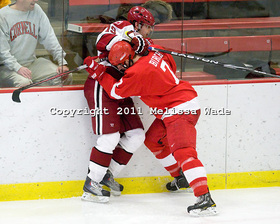

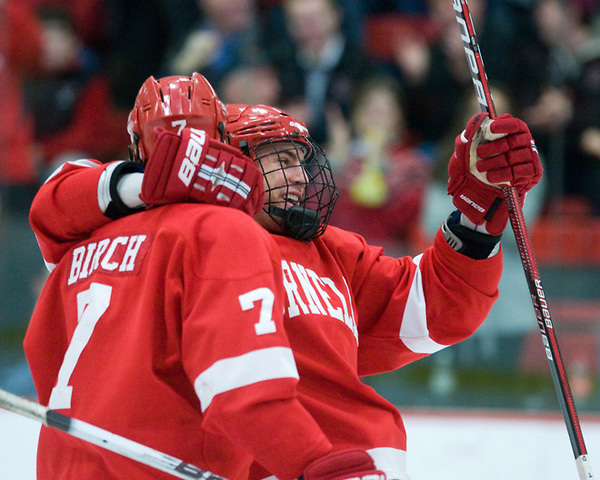
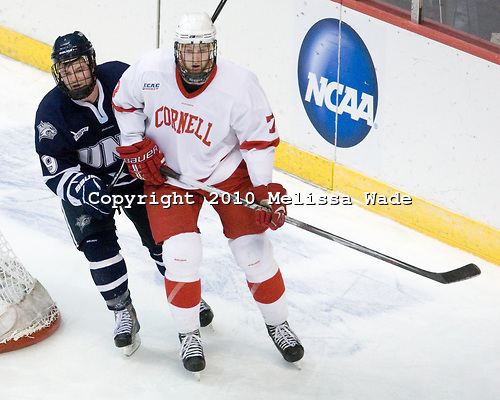
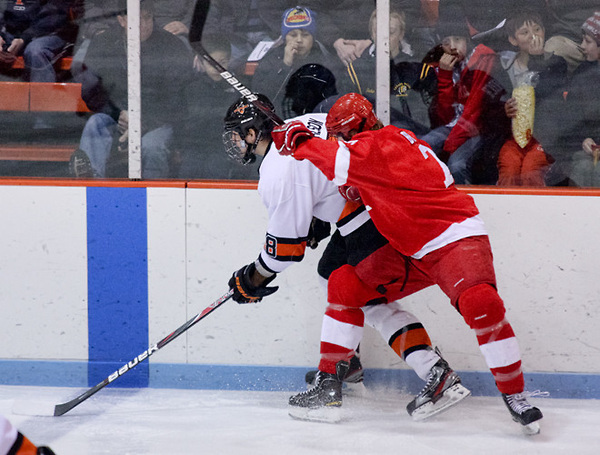
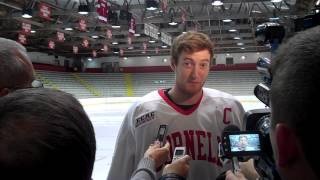
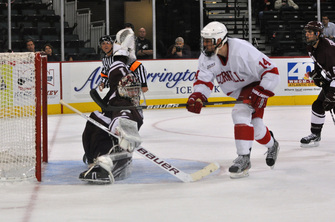
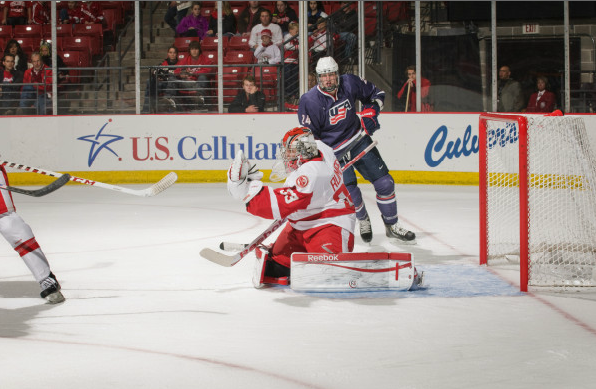

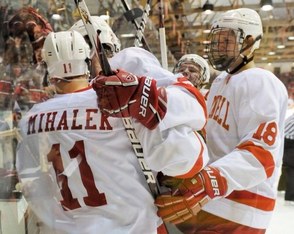
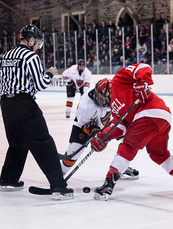
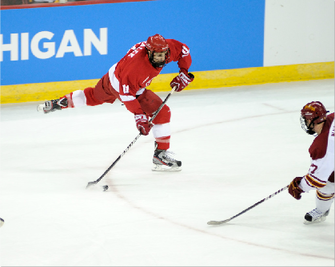
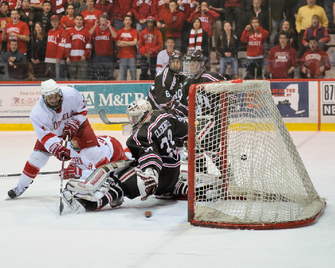

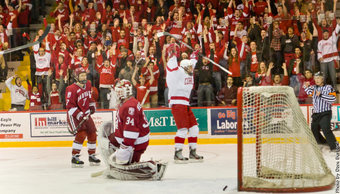
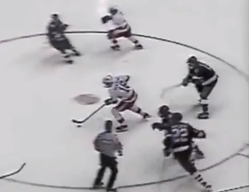
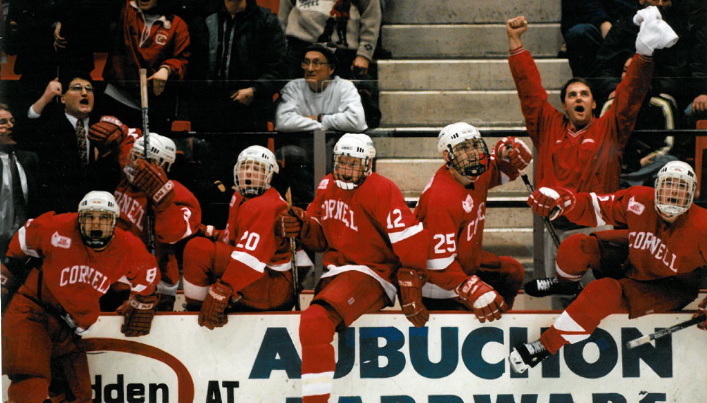
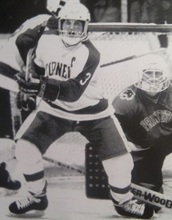




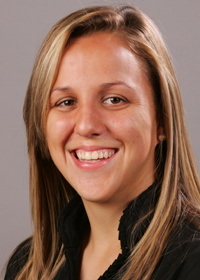
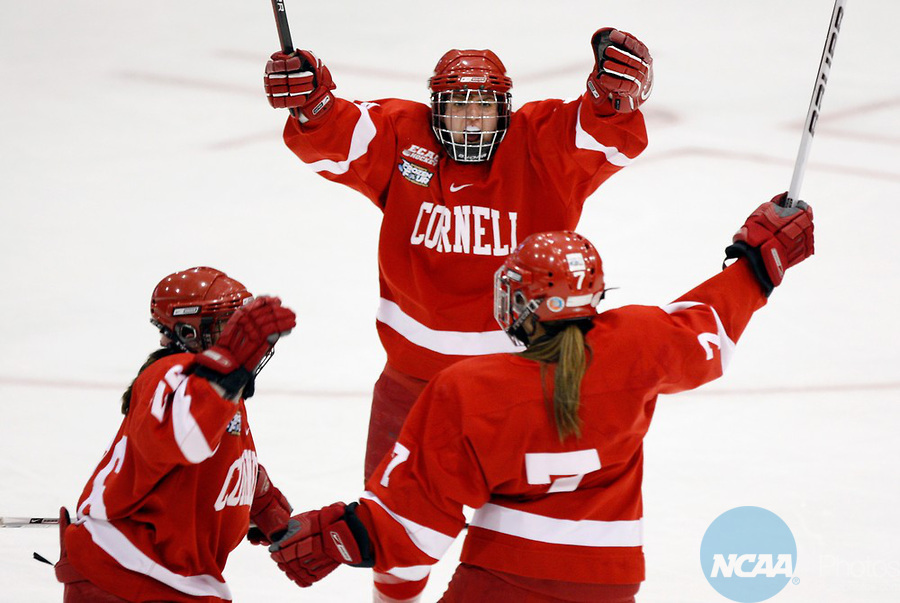
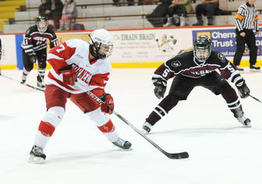
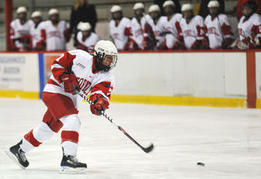
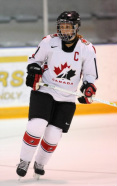

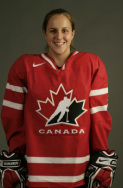
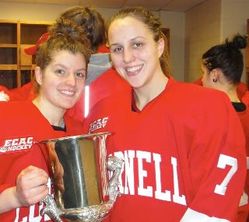
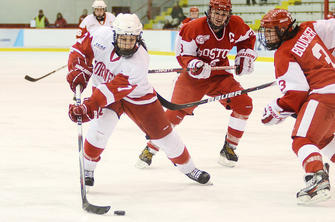

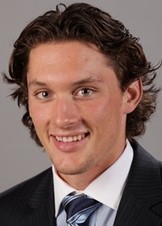
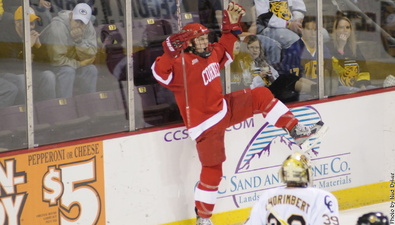
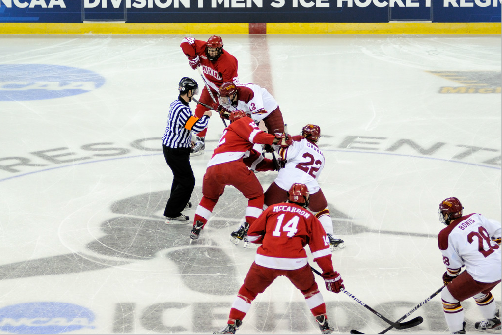
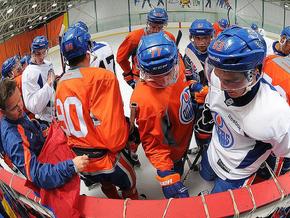
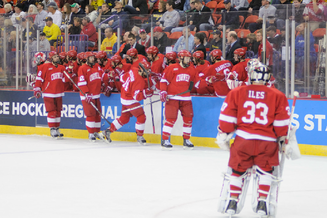
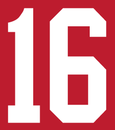
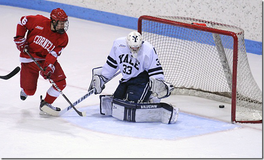


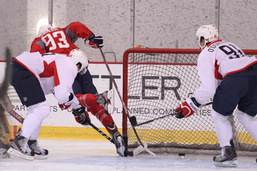

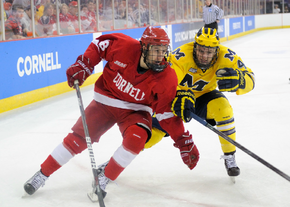
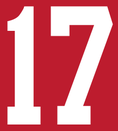
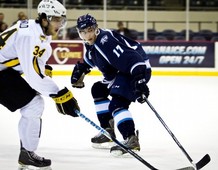

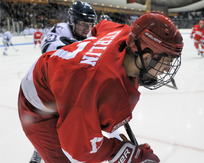

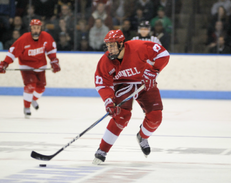

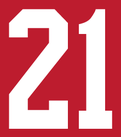

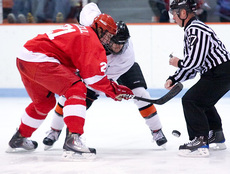
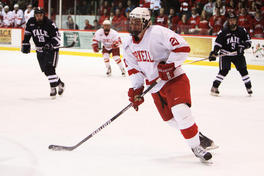
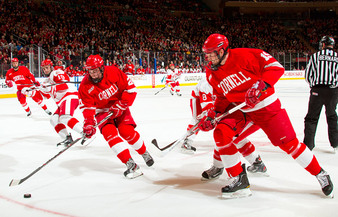
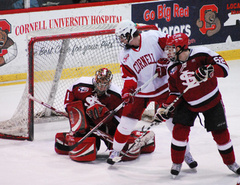
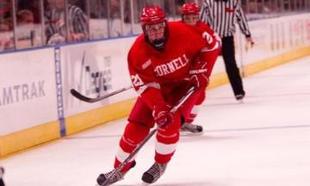
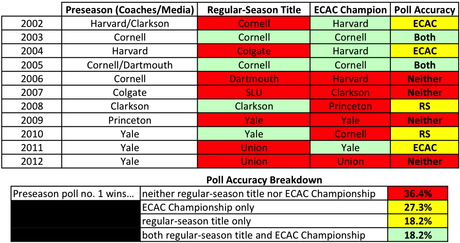

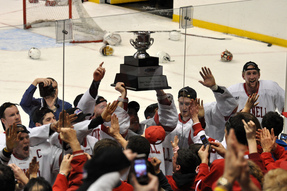
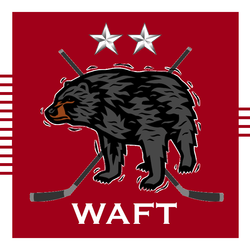

 RSS Feed
RSS Feed
